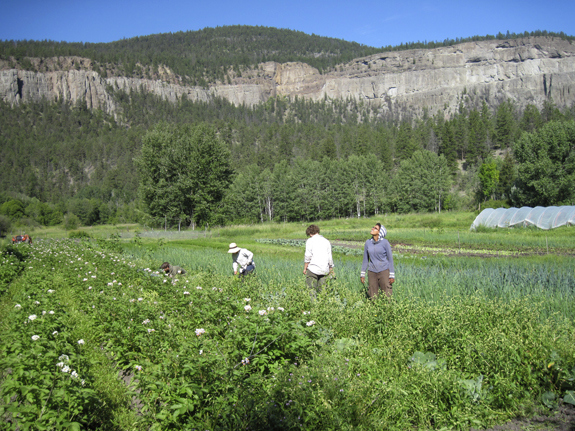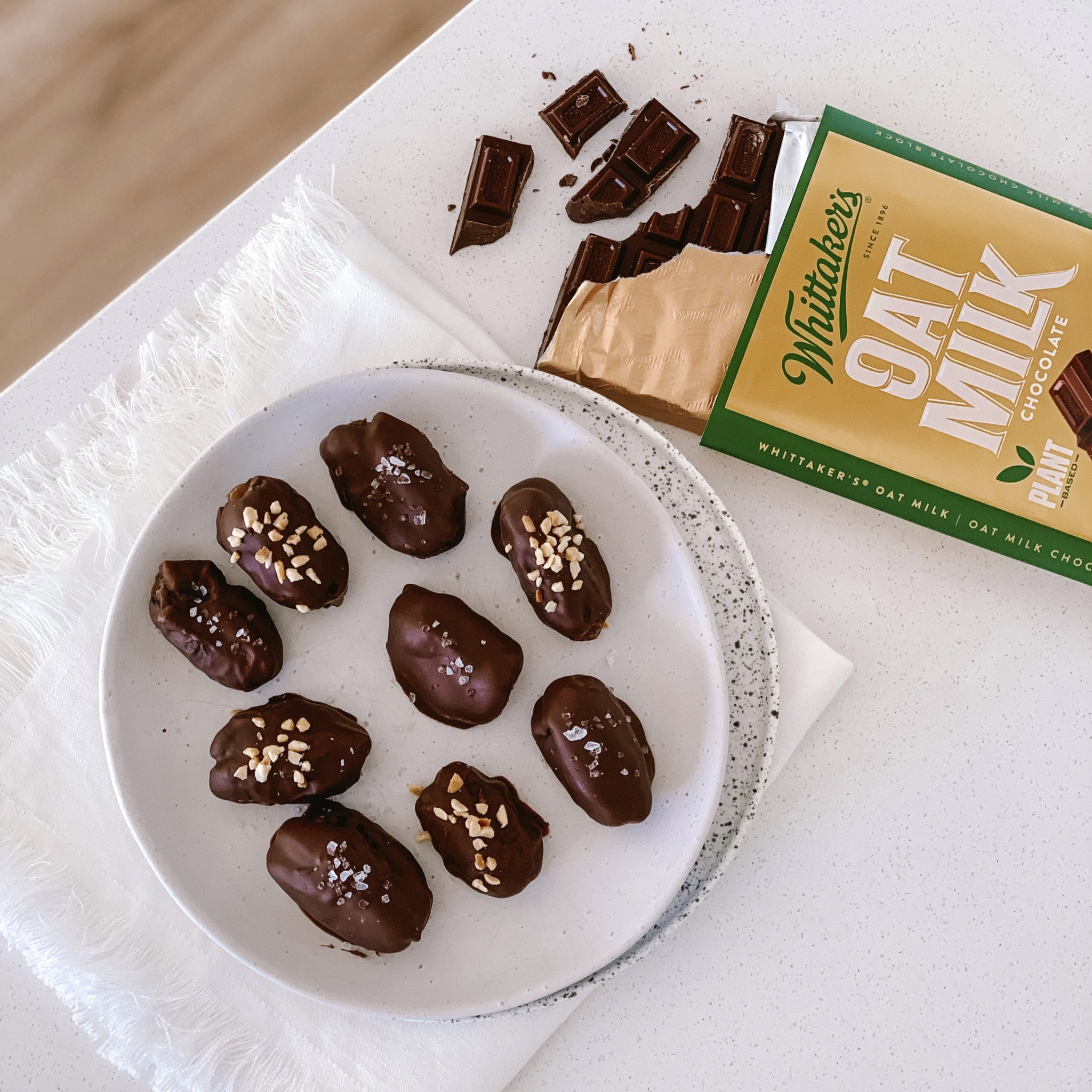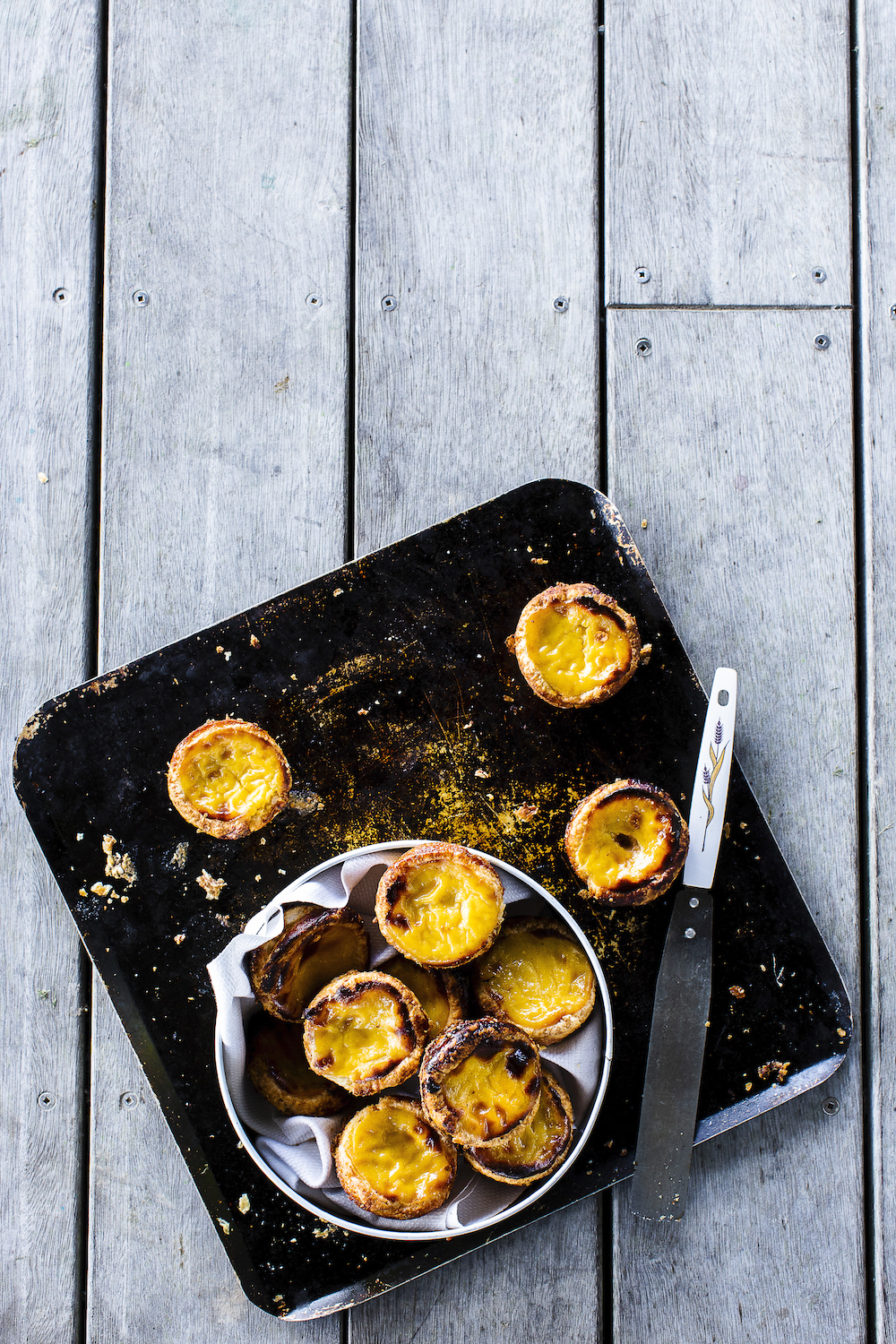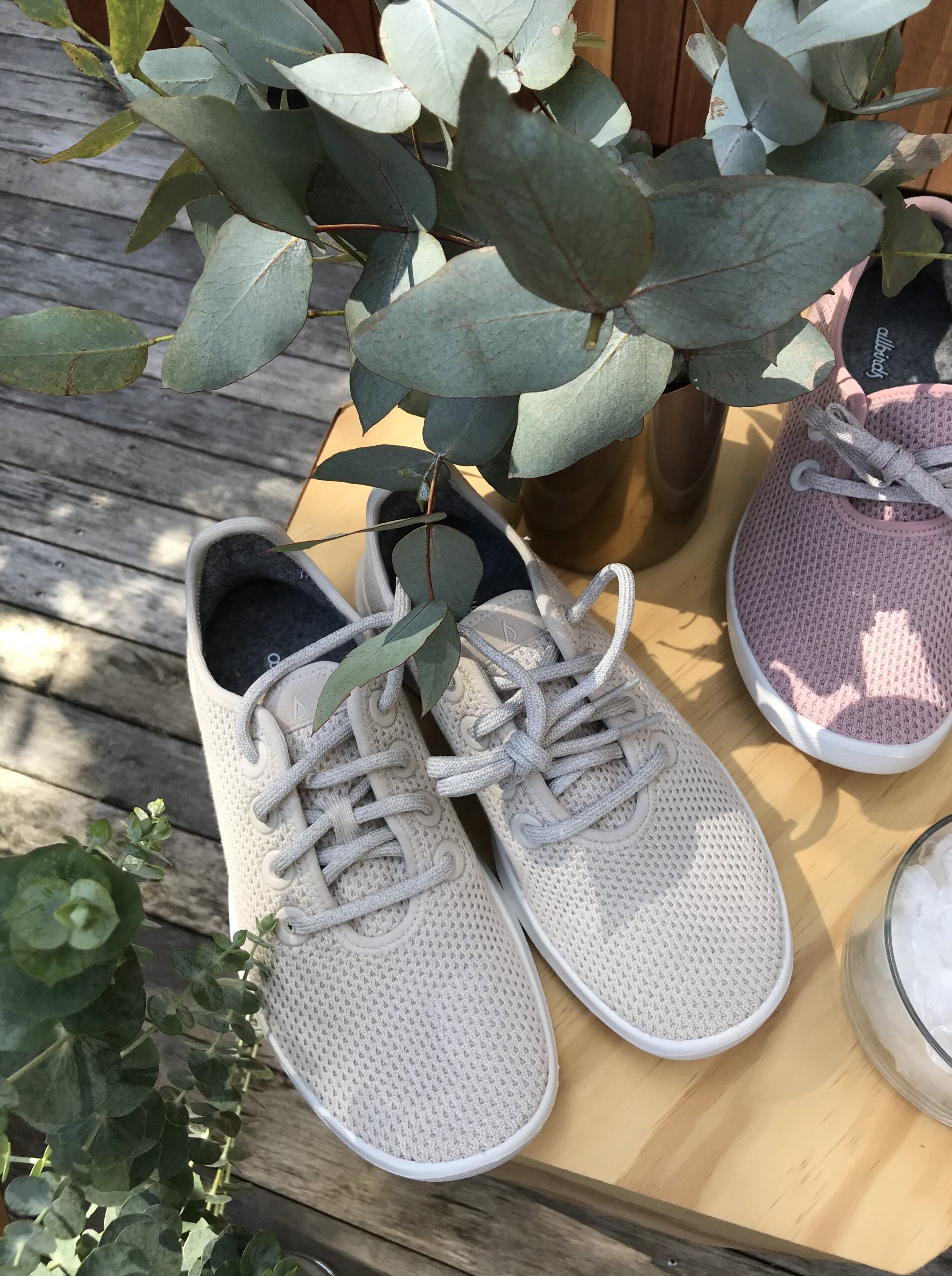Could you live off the land? Nancy Howie travels to Canada to discover how one grassroots movement is redefining the suburban dream.
Could you live off the land? Nancy Howie travels to Canada to discover how one grassroots movement is redefining the suburban dream
I’ve always been entranced by the idea of urban homesteading – a North American movement that’s all about bringing agriculture into surburbia. Today’s homesteaders don’t have lawns because they’ve transformed them into gardens – often sporting a chicken coop or two. They dabble in hobbies such as preserving, beekeeping and cheesemaking, all the while working towards a self-reliant, sustainable lifestyle.
I’d tried a few simple living practices such as brewing ginger beer and baking bread on weekends, but I wanted to know whether I had the guts to be a real-life, intrepid homesteader. To find out, I went WWOOFing.
At first, friends and family assumed I was taking up a career in dog training when I announced my plans. WWOOFing, or ‘Worldwide Opportunities on Organic Farms’, is an international programme which puts volunteers in touch with small-scale farmers who need an extra set of hands. WWOOFers choose a host from the organisation’s directory and provide voluntary labour in exchange for food and accommodation.
I looked through hundreds of host profiles on the Canadian WWOOF website before settling on a farm in Olds, Alberta. My hosts were a middle-aged Australian couple who used basic permacultural principles to grow more than thirty different crops, collect rainwater and keep livestock – all on one third of an acre.




What was once their lawn now sported raised vegetable beds, while the alleyway alongside the house had become a ‘food forest’. The backyard was home to rabbits in a small hutch and chickens sharing a coop. Not only did the garden provide a vast supply of food, but every plant served a purpose – whether nourishment, medicine, mulch or soil improvement. This was the surburban dream I’d been looking for.
My arrival in Olds signalled the beginning of a steep learning curve. On the very first day, my travelling companion Steff and I launched into work. The harvest was upon us, and there wasn’t a moment to waste.
Our daily tasks included picking raspberries, strawberries, peas, beans, silverbeet, kale, redcurrants and Saskatoon berries. We thinned carrots, watered corn, fed the chickens and rabbits, prepared compost, re-potted saplings and readied the edge of the property for a fruit-bearing hedge. Along the way, we processed the food that we harvested, learning to make jam and blanch greens. While I laboured, I repeated in my head the Canadian farmer’s motto: “Work faster, winter’s coming.”
But WWOOFing was more than work. I was welcomed into the home of complete strangers and treated like family – and I had the chance to experience life on a different scale, at a different pace. I left in a flurry of inspiration and ideas.
Since my return from Canada, people ask me whether I reminisce over the adventure I had. I tell them there’s really no time for wistful nostalgia. Not with summer seedlings to transplant and a chicken coop to build.







